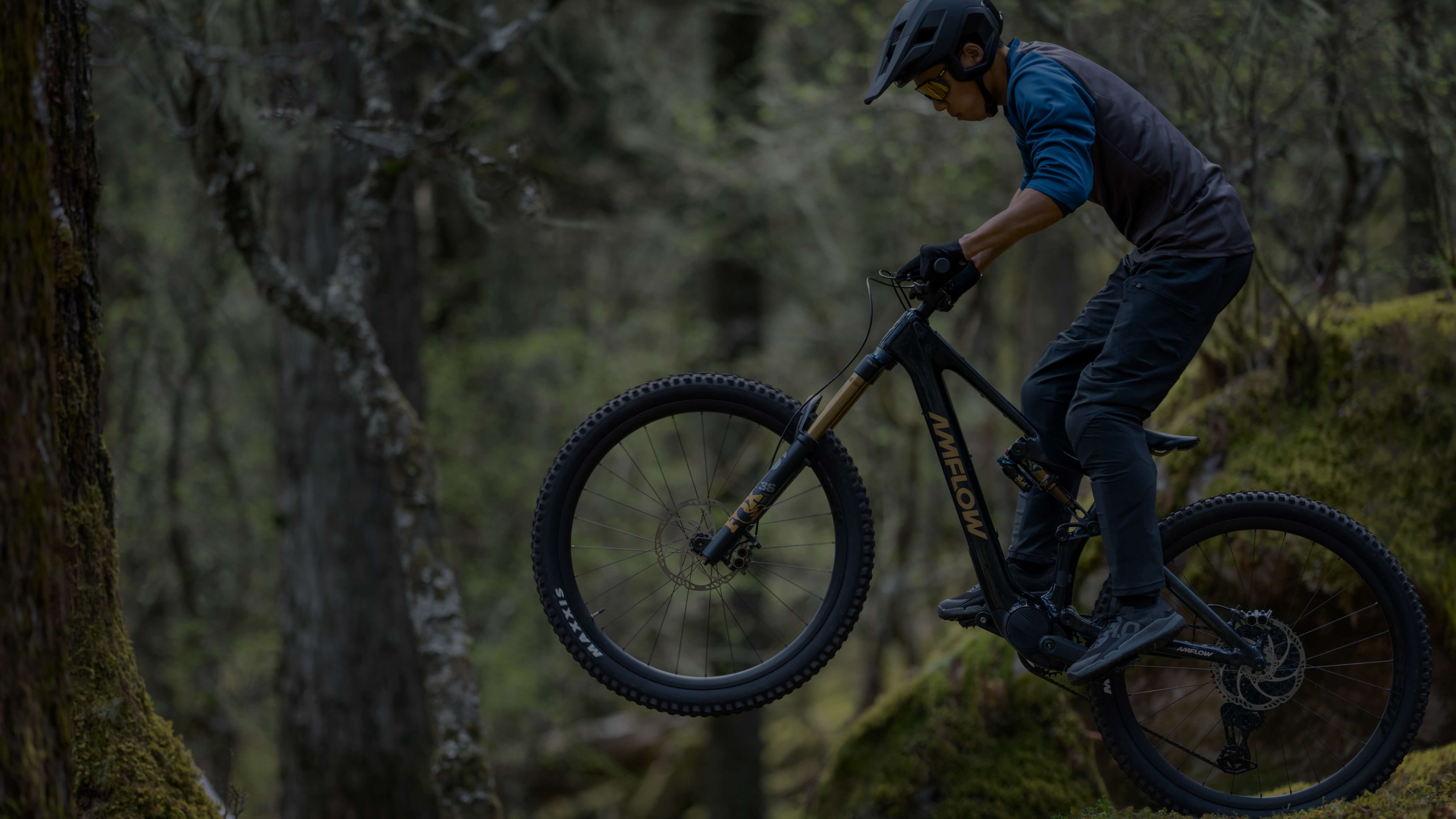What is travel in mountain bike suspension?
Travel is how far your wheel can move up and down when the suspension on your bike is compressed. The more travel, the more pronounced and noticeable the vertical movement of your wheel.
The amount of travel is given in millimetres, and typically you’ll see two numbers – one for the travel of the fork (at the front) and one for the shock (the rear suspension system).
Some bikes, known as hardtails, have no rear suspension so if you only see one number in mm that’s probably why.










